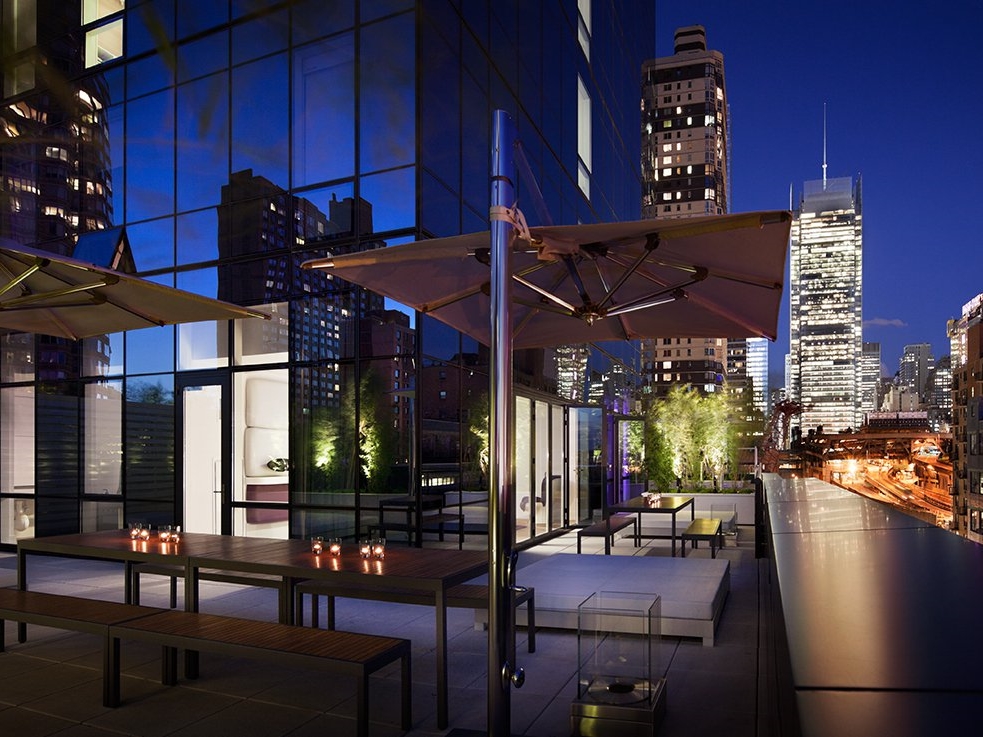Big Experiences Come in Small Packages
The modern commercial space seeks to offer its occupants a complete and smart encounter and the emerging trend of micro-hotels brought under the same roof co-working, co-living and hospitality.
By Corina Stef
Change is all around us, taking up various shapes and sizes. The workspace is shrinking, while ideas and aspirations are becoming bigger. We’re living more and better in smaller, more contained homes. Life is all about quality, not quantity.
Today, commercial space seeks flexibility, information-based inspiration and tech-inspired forms. These elements form the basis of emerging micro-trends. Investors, developers, tenants and clients have simultaneously embraced the idea of riding these waves of innovation. Working and living big in smaller spaces also applies to the hospitality industry, which had to reinvent itself in the face of Airbnb.
The modern guest experience is no longer defined by the size of a room. Both boutiques and big brands adopted an efficient storage design, adjustable wardrobes and smart technology. The large windows often overlooking the city or even outdoor terraces erase the impression of living in a shoebox. The rooms feature customizable and open areas in order to create large, inviting public spaces where guests can work and mingle.
The New York micro experience
The trend of micro-hotels has taken New York City by storm, where an increasing number of such properties are fulfilling the evolving needs of Millennials. A pioneer is Pod Hotels, which opened its first location in 2007 in Midtown Manhattan. The brand became popular because of its high-end pod-size rooms. Pod Hotels currently has three properties in Manhattan, one in Brooklyn and one in Washington, D.C.
Price-wise, YOTEL leads the way. The brand’s assets combine smart Japanese pod hotel elements with first-class air travel features. The rooms feature automated check in and check out and fully equipped workstations. They are often situated in the proximity of airports, ready to welcome travelers on the run. Yotel New York opened its doors in 2011 and at 7,000 square feet, it has the largest rooftop terrace in the city.
ArloHotels joined the micro-hotel league a few years later, in 2016. The rooms mix “luxury with purposeful design for today’s informed urban explorer.” Its most famous property is Arlo Hudson Square, which features 325 guest rooms of 160 square feet each equipped with smart technology. The other hotel, Arlo NoMad, sits near the Empire State Building and opened its doors in November 2016.
Hilton Hotels caught up with the micro-trend by launching its own micro-hotel brand, Tru. The 225-square-foot rooms include all the basic amenities a guest can ask for at an affordable price. It has 28 properties scattered throughout the entire U.S. and 21 upcoming ones. Tru By Hilton Williamsville Buffalo Airport is set to open on June 15 and will be located Williamsville, N.Y. It seems that smart, functional and exciting is the new king-size way of living.
Images via www.thepodhotel.com and www.yotel.com









You must be logged in to post a comment.